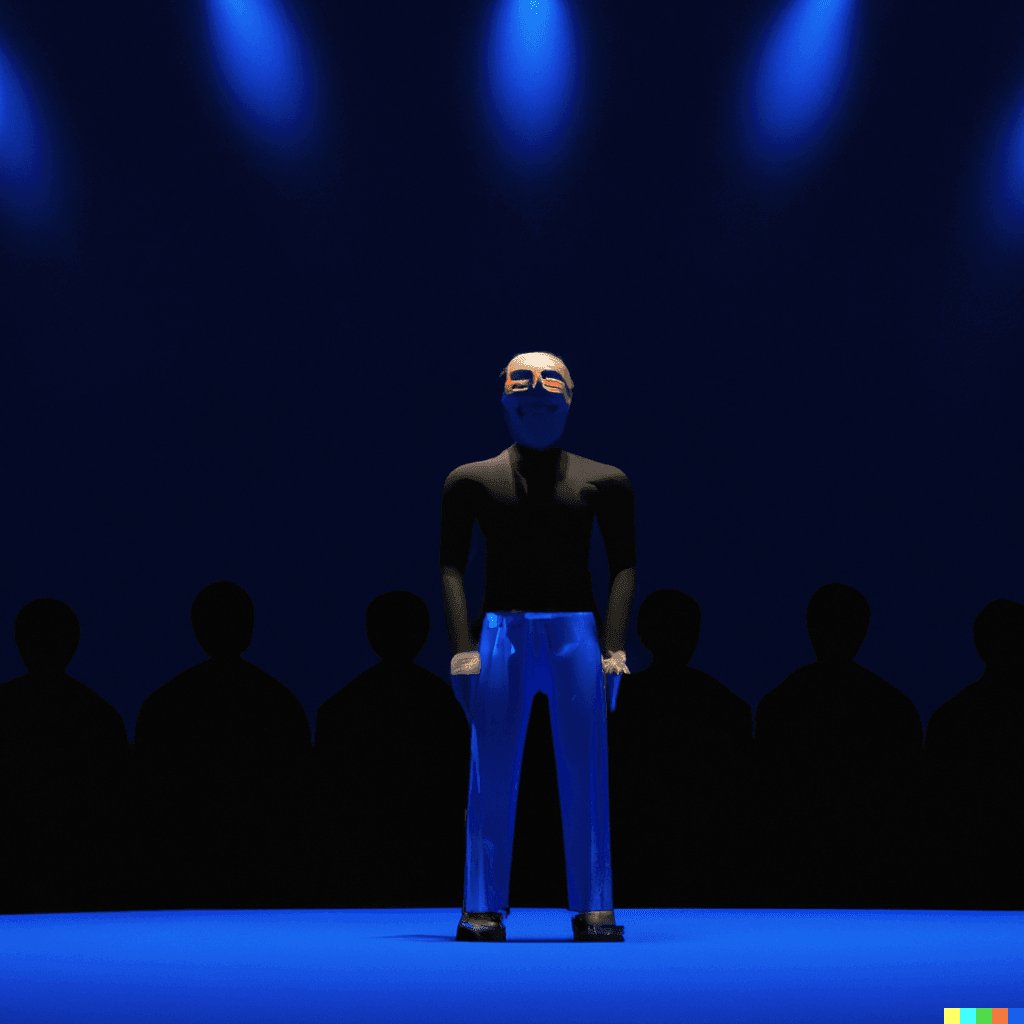Energy, The Forgotten Factor

MANAGEMENT THE KEY TO GREATER PERFORMANCE
Time management has long been a buzz topic for those interested in productivity. But as important as time remains to us, with the increasingly demanding nature of work and the state of VUCA that the world is in (Volatility, Uncertainty, Complexity and Ambiguity, as Vinesh Naidu mentioned in last week’s article “Leadership for the New Era”), managing time alone just doesn’t cut it.
Consider our working environments and the teams we work with today. Would more time really get us to that next level of performance? If I had a magical wand to grant us all one extra hour of work in a day, would we automatically be better performers?
Just like the simple issue of post-lunch slump demonstrates, time isn’t always the problem. It’s also about energy. If an individual works 12 hours a day, making full use of every single hour, adding an additional hour to the work day isn’t going to address issues like physical and mental exhaustion.
Let’s also remember the rounded nature of what it means to be “productive”. The term encapsulates both quantity and quality of work. In order to set ourselves up to be truly productive and perform at our best, we must have the energy necessary to tackle the tasks in front of us.
It matters because energy impacts performance. In a 2006 study by Tony Schwartz, CEO and founder of The Energy Project, 106 employees of Wachovia Bank in the United States were put through an energy management programme. The results were surprising.
The performance of this group improved substantially in the areas of customer relationships, engagement with work and personal satisfaction.
Revenue from loans and deposits went up and the group consistently outperformed the study’s control group for a full year after completing the programme.
While their improved performance was one of the great successes, Schwartz points out that it is the consistency of this outperformance that is most notable. What it speaks of is sustainability.
The case for energy
So what has energy got to do with how employees and organisations function? Very simply, our energy levels dictate our capacity. As energy levels move up and down, so does our capacity.
It is the “fundamental currency of high performance”, write Tony Schwartz and Jim Loehr in their book The Power of Full Engagement: Managing Energy, not Time, is the Key to High Performance and Personal Renewal.
Schwartz and Loehr, a performance psychologist, observe that while large organisations invest into developing the skills and competencies of employees, “very few help build and sustain their capacity- their energy- which is typically taken for granted.”
The case for energy management becomes more obvious when we compare work with sport. While athletes devote 90% of their time to training to optimise their performance in the remaining 10%, we don’t see the same approach when it comes to employees and work.
Athletes live by specific eating, exercising and resting routines in order to ensure their physical energy levels are the best they can be.
Emotional, mental and spiritual energy aren’t neglected either. They work on their emotions, undergo mental training to sharpen their focus and regularly remind themselves of their goals. Rarely is this sort of routine implemented at companies.
“The performance demand that most people face in their everyday work environments dwarf those of any professional athletes we have ever trained,” write Loehr and Schwartz.
“Although most of us spend little or no time systematically training in any of these dimensions, we are expected to perform at our best for eight, 10 and even 12 hours a day.”
Lack of energy management and training in this area could be the key reason behind instances of burnout and employee disengagement from their work.
Loehr and Schwartz identify the four sources of energy as:
1. The body (physical energy)
2. Emotions (emotional connection)
3. Mind (mental focus)
4. Spirit (spiritual alignment)
As a result, they define full engagement as when individuals are “physically energised, emotionally connected, mentally focused and spiritually aligned”.
As we perform different actions or encounter different situations throughout the day, we expend energy in these four ‘tanks’.
A particularly physical job may expend a lot of energy from Tank One. Dealing with difficult clients can take a large toll on Tank Two. Constant distractions and the sheer volume of demands and expectations on employees and leaders today impact Tank Three, while fundamental issues such as disagreement with values or vision can be detrimental to energy levels in Tank Four.
But here’s the good news. Unlike time, energy is renewable, so it’s possible to refuel each of these tanks.
We first have to be aware of any energy-draining habits or behaviours we currently have, and proactively ensure we make the effort to refuel.
1. BODY
Physical energy is what we usually think of when we refer to “energy”. This is the most obvious form of energy because it feeds our ability to get things done.
Physical energy is affected by factors like nutrition, our level of physical activity, and the amount of rest and sleep we get.
Here are some tips to ensure we keep our physical energy levels up:
– Go to sleep and wake up consistently at the same time
Studies show that going to sleep and waking up at different times each day is akin to our bodies experiencing jetlag. Our bodies crave routine, so establish some consistency in sleeping habits and our bodies will thank us for it.
– Eat a good breakfast everyday
Have breakfast and make sure it’s a good one. Integrate whole-grain cereals in, say researchers from Harvard Medical School. A study they released in 2003 suggests that eating breakfast may help to stabilise blood sugar levels, which in turn regulates appetite and energy for the day.
Another study published in 1999 in the journal Physiology & Behaviour, found that participants of the study who ate nothing performed the worst on memory tests compared to those who had eaten a full breakfast and those who just had a cup of coffee. They also had the highest levels of fatigue at noon.
– Eat a balanced healthy diet
There are some foods that are great energy boosters. These include bananas, salmon, lentils, eggs, coconut and whole grains. Maintain a balance by eating healthy options from the different food groups (dairy, meat, fruit, vegetable, grains and oil).
– Drink six to eight cups of water daily
Drinking water ensures that we remain hydrated throughout the day. More than half of the human body is made up of water, so not being sufficiently hydrated will mean that systems will slow down. This is why we tend to feel “sluggish”. Keep a bottle of water in hand all the time, and keep one in the car so you can sip even in traffic.
– Take breaks every 90 minutes during work
Regular breaks every 90 minutes are recommended due to the “ultradian rhythms” of the human body. After a period of concentration, our brains take a break for a breather. During this time, we experience a dip in energy and concentration. We may yawn or feel restless, and this happens every 90 to 120 minutes. Taking a break at these intervals gives the brain the opportunity to recharge. If not, energy levels will continue to deplete, and this impacts the sustainability of our performance.
– Do at least two cardiovascular interval workouts per week
Interval training involves bursts of high-intensity training interspersed by periods of rest of low intensity activities. Not only has evidence shown interval workouts to be more efficient at burning calories in a shorter span of time, importantly, interval workouts increase how well our bodies use oxygen for energy at our highest heart rate (aerobic capacity).
One example of such an exercise is to run at a fast pace for one minute, then rest for another. Repeat this cycle five times.

2. EMOTIONS
While physical energy relates to our capacity to act, Schwartz and Loehr say that our emotions are linked to the quality of our energy.
Our emotions can be positive or negative, and consequently, so can our energy. Positive emotions can have a remarkable impact on our performance, influencing areas such as confidence, communication and discipline.
Different scenarios may trigger emotions for different individuals, so Schwartz and Loehr suggest identifying our trigger points for negative emotions in order to avoid these. Negative emotions include anxiety, fear or anger.
For unavoidable scenarios, such as unforeseen crises or problems, learn to manage these emotions. Deep abdominal breathing is one example of a way to manage. Breathe in then exhale slowly for five seconds.
At the same time, we should also know what feeds our levels of positive energy. Is it taking that quiet walk during lunch? Or watching a movie once a week? Positive energy comes from doing things that we enjoy, from positive relationships and also from appreciating others. Telling someone that they look great today, or that they did a great job boosts both their emotional energy and ours.
3. MIND
Mental energy has to do with focus, so distractions come in as an inevitable part of the discussion. Schwartz and Loehr say that switching from one task to another even temporarily increases the amount of time necessary to finish the primary task by as much as 25%. Distractions use up energy and undermine productivity.
To ensure mental energy is used as efficiently as possible, they suggest working with the body’s ultradian rhythm and focusing on tasks for 90 to 120 minute spurts at a time. This isn’t easy to do, given the working environments we function in today.
In an article for Harvard Business Review, Schwartz gives some practical tips on how this can be done. He advised a senior leader to physically move to a quiet room to do tasks that required intense concentration. The senior leader cut his time required to do reports by more than 65%.
Another tip is to check emails only at two appointed times throughout the day instead of leaving emails on all the time.
4. SPIRIT
Energy that comes from the human spirit relates to meaning and purpose. Schwartz and Loehr say individuals spend “too little time on activities which give them a sense of purpose”.
Arguably, this is also the most important of the four sources. “The most fundamental source of energy is physical. The most significant is spiritual,” they write.
To ensure we refuel this tank, it’s important to identify priorities and then allocate our energy to these priorities accordingly. This prevents us from being dragged by daily demands.
Surely many can testify to how tiring it can be to function in an environment with misaligned values or no sense of purpose. Think about moments that energise you in terms of meaning and purpose. If time with family does that, then do that more.
WHAT ENERGY LOOKS LIKE IN THE CONTEXT OF AN ORGANISATION
Organisations can be assessed for energy levels too. The energy pulse of an organisation is the combination of the energy levels of every individual in that company.
In fact, Schwartz and Loehr assert that energy is “the most important organisational resource,” and all four forms of energy must be used “in the service of the corporate mission”.
In the corporate body, the principles remain the same, but the four sources of energy look more like this:
1. Physical: capacity for expending and recovering energy
2. Emotional: capacity to care, enjoy and challenge
3. Mental: capacity for good decision making, logical thinking, clear focus and creativity
4. Spiritual: capacity for honesty, integrity, commitment, conviction
Just like it is for individuals, the organisation’s spiritual tank is its most significant source. “A shared sense of corporate purpose, grounded in universal values, is the highest octane source of fuel for organisational action,” write Schwartz and Loehr.
Importantly, “leaders are the stewards of organisational energy.” They set the pace for the energy levels of the organisation, and dictate the energy culture.
Principles of “refuelling” that apply to individuals apply to organisations as well, and companies can take a proactive role in guarding energy levels of their organisation by providing employees with the resources they need to refuel. This could be by relooking at working culture, and even designating rooms in the company where people can go to rest and recharge.
Schwartz and Loehr provide ample food for thought through their work on energy management. With our culture being known for high-intensity work and burnouts, one wonders what new heights individuals and organisations in Malaysia could reach if we just spent more time managing our physical, emotional, mental and spiritual energy.
For organisations, energy considerations introduce a new aspect of accountability by posing these question: Do employees in our companies feel depleted or enriched? Do we only invest time into developing the skills of employees, and can we also consider helping them manage and refuel their energy?
High performance is fantastic, but sustainable high performance is even better.
Drop us a line or two in the comment box below or email us at editor@leaderonomics.com. For more interesting Consulting Corners articles, click here.
Personal




